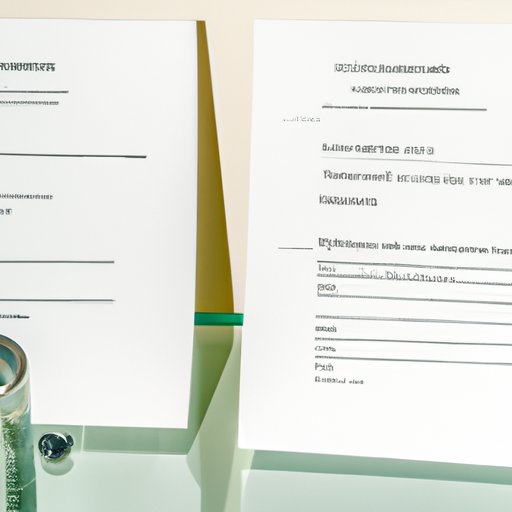Introduction
Density is a fundamental concept in science that measures the amount of matter contained in a specific unit of volume. It helps to explain why objects sink or float in water and is essential in designing and building structures and machines. This article explores the concept of density, teaches you how to calculate it accurately, and explores real-life applications in various fields.
A Step-by-Step Guide on How to Calculate Density
Density is commonly represented by the symbol ρ (rho) and is defined as the mass per unit volume of a substance. The formula for calculating density is:
Density = Mass ÷ Volume
To calculate density, you need to determine the mass and volume of the object.
Step 1: Measure the Mass: Use a balance or scale to measure the mass of the object in grams or kilograms.
Step 2: Measure the Volume: Use a ruler or other measuring tools to determine the volume of the object in cubic centimeters (cm³) or cubic meters (m³).
Step 3: Calculate Density: Divide the mass (in grams or kilograms) by the volume (in cubic centimeters or cubic meters).
Here is an example calculation to help you understand the process better:
Suppose you have an object with a mass of 50 grams and a volume of 30 cm³. To calculate the density of the object, you would divide the mass by the volume:
Density = Mass ÷ Volume = 50 g ÷ 30 cm³ ≈ 1.67 g/cm³
Using Real-Life Examples to Explain Density
Buoyancy is the measure of the tendency of an object to float or sink in a liquid. An object that is denser than the liquid will sink while an object that is less dense than the liquid will float.
Everyday objects have different densities. For example, feathers are less dense than rocks and wood, while metals like iron and lead are much denser.
Density is vital in many real-life scenarios, such as determining the buoyancy of a ship or air travel. A ship’s design must take into account the weight of the vessel and its cargo along with the water’s density and temperature. Similarly, airplanes must consider the air density, pressure, and temperature to achieve lift and maintain stable flight.
Infographics and Diagrams
Visual aids and illustrations like graphs and diagrams help readers visualize density. Bar graphs, scatter plots, and histograms can be used to visualize density and its relationship to other variables.
Online resources such as Canva and Adobe Spark offer free templates for creating infographics and diagrams. If you’re looking for advanced tools, Mathematica and Matplotlib provide more powerful data visualization options.
A Comparison of Density
Different materials have different densities, and some are denser than others due to their atomic and molecular structures. For example, water has a density of 1 gram per cubic centimeter (g/cm³), while air has a density of 0.0012 g/cm³. Metals like iron and aluminum have much higher densities of 7.9 g/cm³ and 2.7 g/cm³, respectively.
Density plays an important role in various industries like gold mining and oil drilling. Mining companies use density measurements to separate gold from dirt and rocks. In contrast, oil drillers use density logs to locate oil deposits underground.
Using Experiments to Demonstrate Density
Conducting simple experiments is a great way to understand the concept of density. Water displacement is one of the most common experiments used to measure the volume of an irregularly shaped object. Another simple experiment is measuring the mass and volume of the object and using the formula to calculate density.
More complex experiments like gas density and viscosity measurements use sophisticated equipment like interferometry setups. BUT, tools like DataStudio and Vernier offer low-cost options for classroom experiments.
Common Misconceptions About Density
One common misconception is that heavier objects always sink in liquids, but density – not weight – determines whether an object will float or sink. Another common misconception is that density and weight are the same thing – they are different concepts. Weight measures the force exerted by an object’s mass due to gravity, while density measures the amount of matter contained in a given unit of volume.
To avoid common misconceptions about density, it’s essential to know and understand the formula correctly.
Real-World Applications of Density
Density has a wide range of applications in various fields, including aerospace, civil engineering, and geology. For example, the buoyancy and density of air are essential in designing aircraft and air traffic management. Civil engineers use density to design structures like bridges and buildings to ensure they can withstand the weight and force placed on them. Geologists use density to determine the mineral composition of rocks deep beneath the Earth’s surface.
Conclusion
Calculating density is a fundamental concept in science and has a wide range of real-life applications. Understanding the formula, common misconceptions, and applications of density can help you better understand the physical properties of matter and their interactions.
To learn more about density, check out resources like the American Institute of Physics and Khan Academy.
